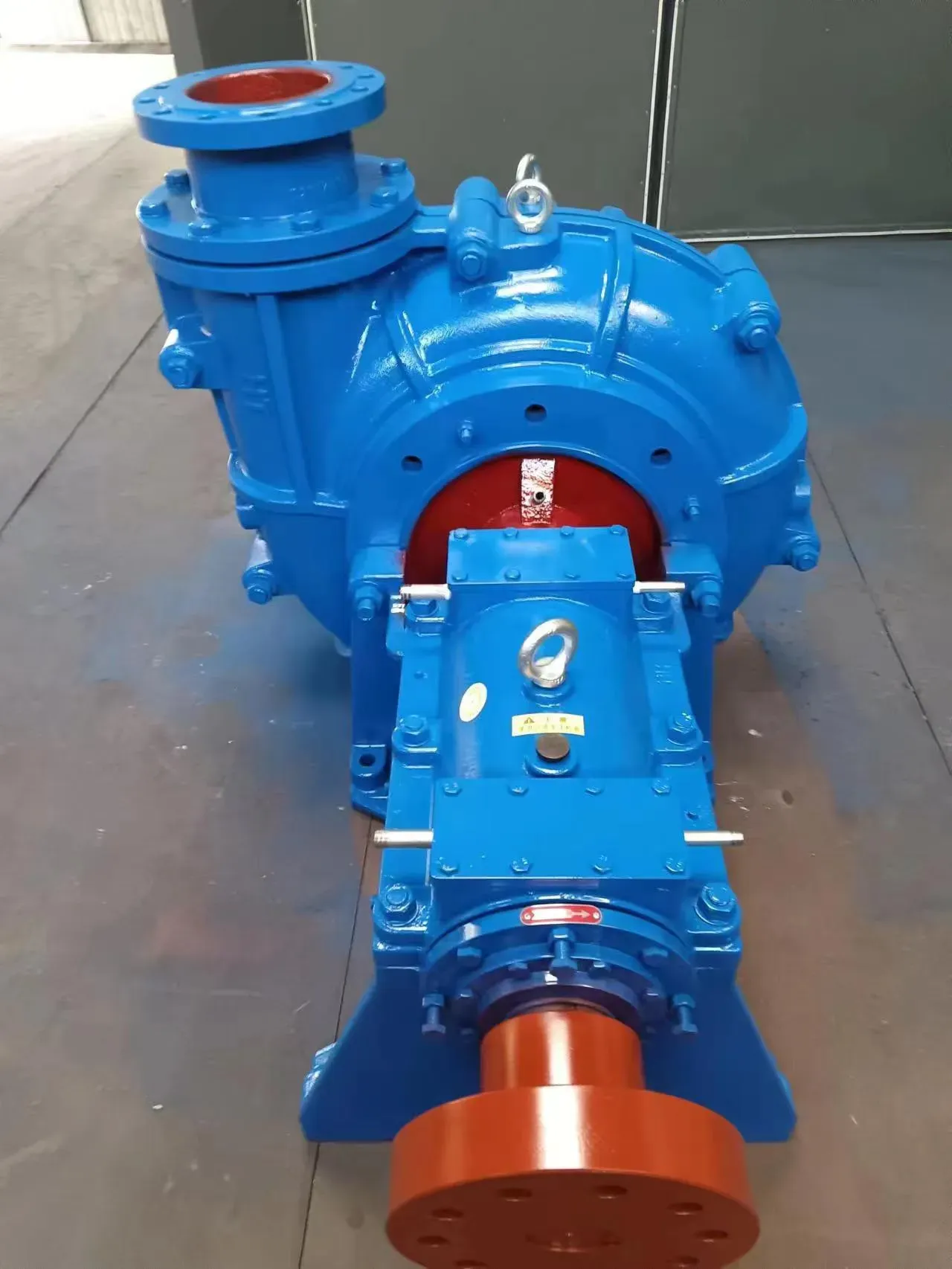Gujarati
- Afrikaans
- Albanian
- Amharic
- Arabic
- Armenian
- Azerbaijani
- Basque
- Belarusian
- Bengali
- Bosnian
- Bulgarian
- Catalan
- Cebuano
- Corsican
- Croatian
- Czech
- Danish
- Dutch
- English
- Esperanto
- Estonian
- Finnish
- French
- Frisian
- Galician
- Georgian
- German
- Greek
- Gujarati
- Haitian Creole
- hausa
- hawaiian
- Hebrew
- Hindi
- Miao
- Hungarian
- Icelandic
- igbo
- Indonesian
- irish
- Italian
- Japanese
- Javanese
- Kannada
- kazakh
- Khmer
- Rwandese
- Korean
- Kurdish
- Kyrgyz
- Lao
- Latin
- Latvian
- Lithuanian
- Luxembourgish
- Macedonian
- Malgashi
- Malay
- Malayalam
- Maltese
- Maori
- Marathi
- Mongolian
- Myanmar
- Nepali
- Norwegian
- Norwegian
- Occitan
- Pashto
- Persian
- Polish
- Portuguese
- Punjabi
- Romanian
- Russian
- Samoan
- Scottish Gaelic
- Serbian
- Sesotho
- Shona
- Sindhi
- Sinhala
- Slovak
- Slovenian
- Somali
- Spanish
- Sundanese
- Swahili
- Swedish
- Tagalog
- Tajik
- Tamil
- Tatar
- Telugu
- Thai
- Turkish
- Turkmen
- Ukrainian
- Urdu
- Uighur
- Uzbek
- Vietnamese
- Welsh
- Bantu
- Yiddish
- Yoruba
- Zulu
Telephone: +86 13120555503
Email: frank@cypump.com
ઓગસ્ટ . 21, 2024 20:27 Back to list
Replacement Parts for Clearwater Pump Systems and Maintenance Solutions
Understanding Clearwater Pump Parts A Guide for Maintenance and Repair
Clearwater pumps are essential components in various water management systems, including residential, agricultural, and industrial applications. Whether you rely on them for irrigation, pool maintenance, or drainage systems, understanding the parts that make up a Clearwater pump can enhance your ability to maintain, repair, and optimize these vital machines. This article will delve into the key parts of a Clearwater pump, their functions, and maintenance tips.
Key Components of Clearwater Pumps
1. Motor The motor is the heart of the pump, providing the necessary power to move water. Clearwater pumps typically use either electric motors or gas engines. The size and type of motor depend on the pump’s capacity and intended use. Regular maintenance of the motor, such as checking for overheating and ensuring proper lubrication, is crucial for optimal performance.
2. Pump Housing This is the outer shell that encases the internal components of the pump. The housing is designed to withstand pressure and protect the inner parts from environmental elements. Ensuring that the housing is free from cracks or corrosion is vital; any damage can lead to leaks and affect the pump’s efficiency.
3. Impeller The impeller is a rotating component that transfers energy from the motor to the water. It plays a crucial role in generating the flow and pressure necessary for water movement. When maintaining a Clearwater pump, inspect the impeller for wear and tear. A damaged impeller can significantly reduce flow efficiency, leading to higher energy costs and potentially causing damage to other parts of the pump.
4. Seal and Bearings Seals prevent water from leaking out of the pump, and bearings support the impeller, allowing it to spin smoothly. Both components are integral for the pump’s operation and longevity. Regularly checking seals for wear and replacing them as necessary can prevent costly leaks and environmental damage. Similarly, maintaining bearings reduces friction, enhancing performance and longevity.
5. Strainer A strainer filters out debris, preventing clogs and ensuring that the pump operates efficiently. It’s important to regularly clean or replace the strainer to maintain optimal water flow and protect the pump from damage.
Maintenance Tips for Clearwater Pumps
clear water pump parts

Proper maintenance is key to extending the life of Clearwater pumps and ensuring their efficiency. Here are some essential maintenance tips
- Regular Inspections Frequently check all components for signs of wear and tear. Look for leaks, unusual noises, and changes in performance. Early detection of problems can prevent costly repairs down the line.
- Clean the Strainer A clogged strainer can restrict water flow and place additional strain on the pump. Regular cleaning will help maintain optimal performance.
- Monitor Motor Performance Make sure the motor operates smoothly. Listen for any unusual sounds and check for overheating. If the motor seems to be struggling, it might require repair or replacement.
- Check Seals and Bearings Look for any signs of wear in the seals and bearings. Replace them as needed to prevent leaks and ensure smooth operation.
- Follow Manufacturer Guidelines Always consult the manufacturer's manual for specific maintenance recommendations and schedules. Each pump model might have unique needs that should be adhered to for peak performance.
Conclusion
Understanding the parts of Clearwater pumps and their roles in water management systems is vital for effective maintenance and repair. Regular inspections and maintenance practices can not only enhance the pump's efficiency but also prolong its lifespan. By paying attention to the key components such as the motor, impeller, seals, bearings, and strainer, users can ensure their Clearwater pumps continue to function optimally for years to come.
-
Heavy-Duty Mining Sludge Pumps - Wear-Resistant Slurry Handling
NewsAug.02,2025
-
Horizontal Split Case Pump with GPT-4 Turbo | High Efficiency
NewsAug.01,2025
-
ISG Series Pipeline Pump - Chi Yuan Pumps | High Efficiency, Durable Design
NewsAug.01,2025
-
Advanced Flue Gas Desulfurization Pump with GPT-4 Turbo | Durable & Efficient
NewsJul.31,2025
-
ISG Series Vertical Pipeline Pump - Chi Yuan Pumps | Advanced Hydraulic Design&Durable Construction
NewsJul.31,2025
-
ISG Series Vertical Pipeline Pump - Chi Yuan Pumps | Energy Efficient & Low Noise
NewsJul.31,2025










